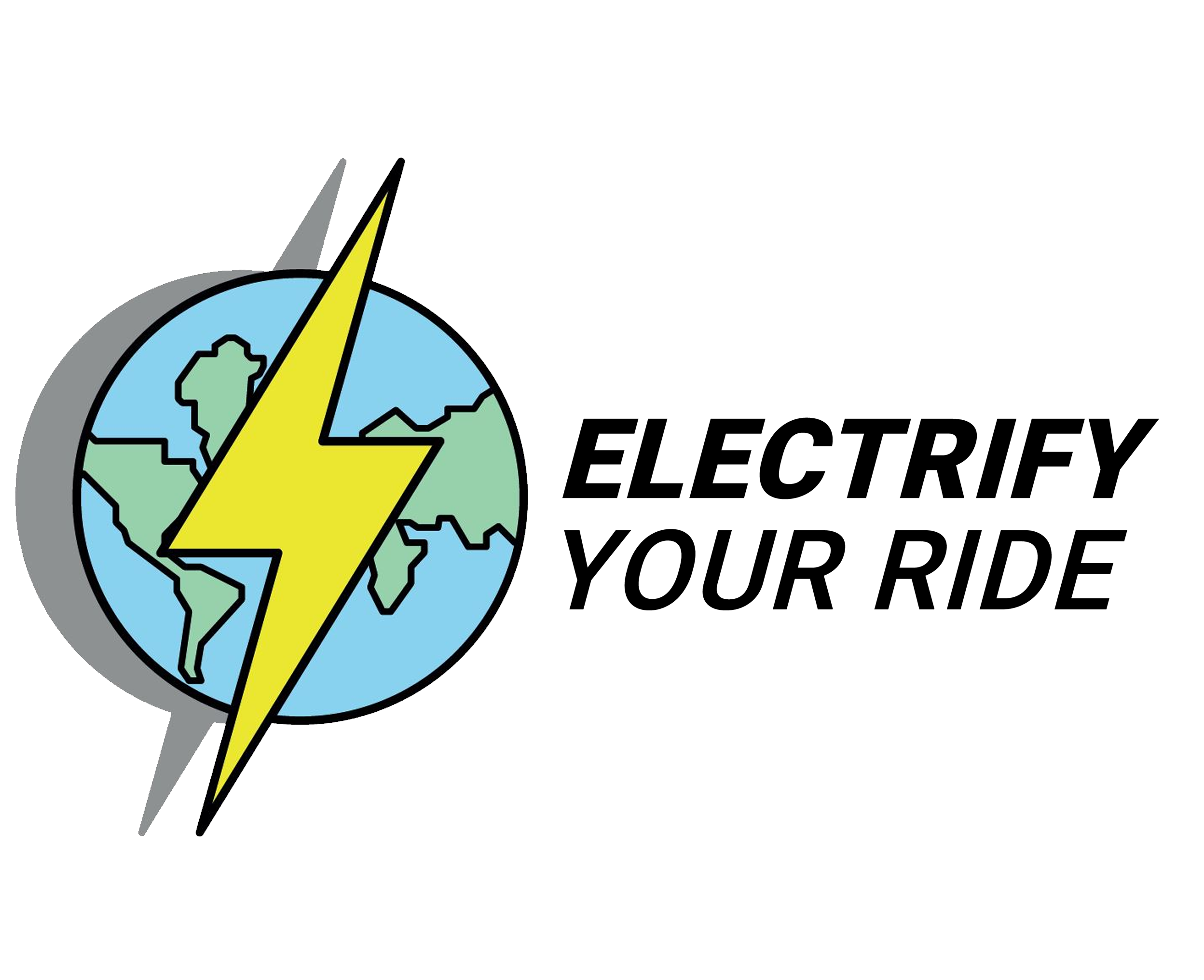An EV conversion is never finished, some say. Johannes takes this quite literally.
When he finished his VW Touran in early 2020 with a 24 kWh battery it quickly became apparent that the car did work on medium length trips, thanks to its fast charging inlet. But one charge stop every 70 to 100 km meant this was quite cumbersome.

It turned out that the later generation Nissan Leaf used the exact same battery layout with improved chemistry to up the capacity from 24 to 40 kWh. So Johannes ordered a 40 kWh pack from a Norwegian scrap yard, bolted it in and sold the old pack to be used as solar storage.
The long range abilities were now increased dramatically. Not only could he now go 200 km on one charge but also the charging curve had improved. Charging at 50 kW all the way up to 60% meant a 30 minute charge stop could add enough juice for another 150 km.

With that settled Johannes could finally substitute his Diesel car to drive to his favorite holiday destination: the north of Sweden.
It was in Winter 2021 when range anxiety came back though. On the rather short drive from Saarbrücken to Kassel temperatures dropped to -10°C and with them the range of the Touran. Three charge stops in the blistering cold were needed to cover the 350 km journey.
This was just a one time experience but it left its marks. So when Volkswagen ID.3/4/5 batteries appeared on the market Johannes dug out his drawings of the cars underbody.

It quickly became clear that eight modules of the 62 kWh ID.3 battery pack would fit into the fuel tank space. It seemed bonkers to undo all the good work on the Nissan pack but still Johannes couldn’t resist. So a few months later this happened:

Now a new battery box must be made, new code must be written to interface with the BMS and finally it must all be fitted into the car.
Financially this isn’t as bad as it sounds. The ID.3 battery cost about as much as the 40 kWh Nissan battery two years ago. One module will be left over and can be sold plus the Nissan cells have a pretty good resale value as well.
Along with the battery upgrade Johannes will also replace the CHAdeMO port with a CCS port to increase the choice of rapid chargers. Needless to say that the charging curve will improve yet again and CCS is the only way to take advantage of that.
Stay tuned as these upgrades happen, we will write about them here!





